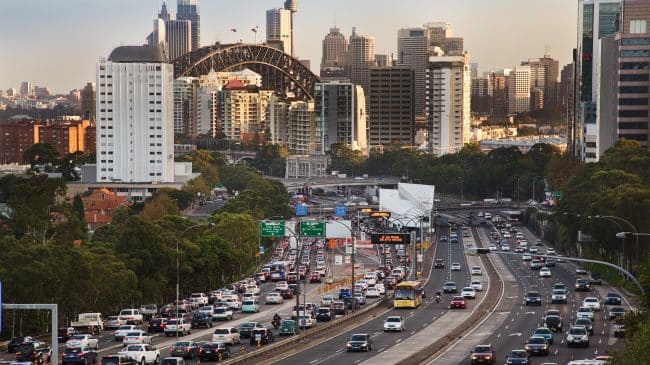Global Overview
Long-term public-private partnerships (PPPs) for highways have been used by governments for the past 60 years. As documented by José A. Gómez-Ibáñez and John Meyer, the phenomenon began in the 1950s and 1960s, as France and Spain emulated the model pioneered by Italy prior to World War II.1 Italy’s national motorway systems were developed largely by investor-owned or state-owned companies operating under long-term franchises (called concessions in Europe). In exchange for the right to build, operate and maintain the highway for a period ranging from 30 to 70 years, the company could raise the capital needed to build it (typically a mix of debt and equity).
The model spread to Australia and parts of Asia in the 1980s and 1990s, and to Latin America in the 1990s and 2000s. Nearly all the projects in those regions from the 1950s to 1980s were financed based on the projected toll revenues to be generated once the highway was in operation.
Some projects went bankrupt as a consequence of reduced traffic and revenues during severe economic downturns (e.g., the oil price shock of 1974), leading to nationalization of some of the companies. In the late 1990s and early 2000s, however, the governments of France, Italy, Portugal, and Spain all privatized their state-owned toll road companies and formalized the toll concession PPP model.
Australia has allowed several concession company entities to go through liquidation, with the assets (in each case major highway tunnels) being acquired by new operators at a large discount from the initial construction cost.
Other governments in Europe adopted a different form of highway concession. Generally not favoring the use of tolls, they created the concept of availability payments as a means to finance long-term concession projects. In this structure, the company or consortium selected via a competitive process negotiates a stream of annual payments from the government sufficient (the company expects) to cover the capital and operating costs of the project and make a reasonable profit.
The capital markets generally find such a concession agreement compatible with financing the project, combined with a mix of debt and equity. Since no toll revenues are involved, this model applies to a much broader array of transport and facility projects, including rail transit and public buildings.
In the highway sector, nearly all long-term concession PPP projects in Canada, Germany, the UK, and a number of Central and Eastern Europe countries have been procured and financed as availability payment (AP) concessions. In a small but growing number of cases—major bridges, as well as highway reconstruction that includes the addition of express toll lanes, for example—governments collect the toll revenues and use the money to help meet their availability payment obligations. These cases are called “hybrid” concessions in this section.
After a weak 2017, global PPP activity rebounded in 2018 with five project closings worth more than $1 billion each. Table 1 in the report displays the top 10 deals, which were compiled using information in Inframation and Inspiratia, two PPP data resources. Five of the top 10 worldwide PPPs that reached financial close in 2018 use availability payments, continuing a growing trend over the last five years.
The growing use of AP concessions has enabled PPPs for projects that do not generate their own revenues, as well as in hybrid concessions (discussed above) in which toll revenues help the government cover the costs of its AP obligations.
Annual Privatization Report 2019: Surface Transportation
Other sections of the Annual Privatization Report are available here.

